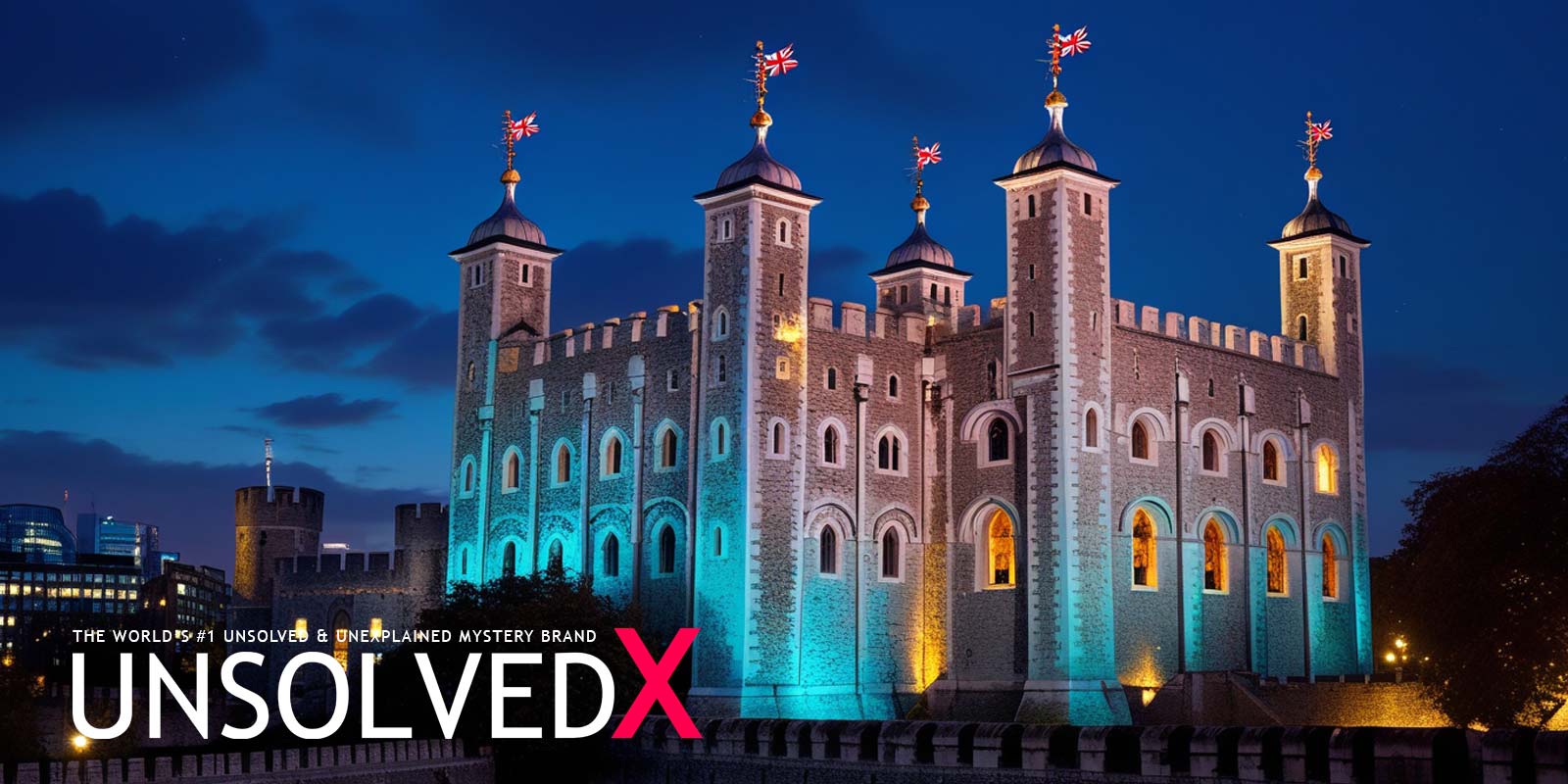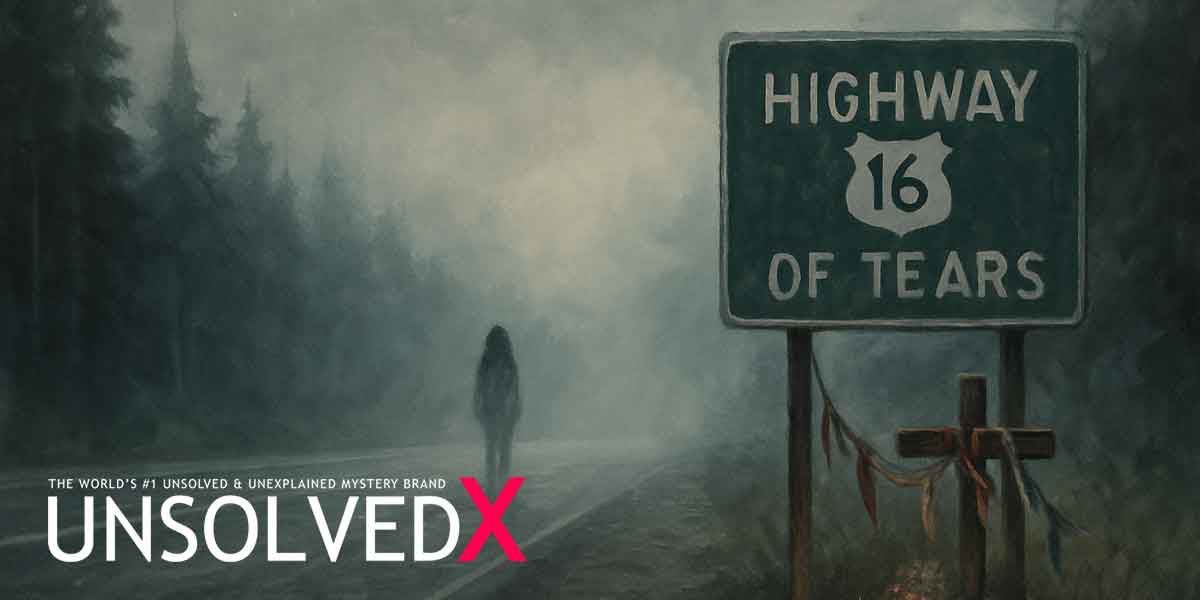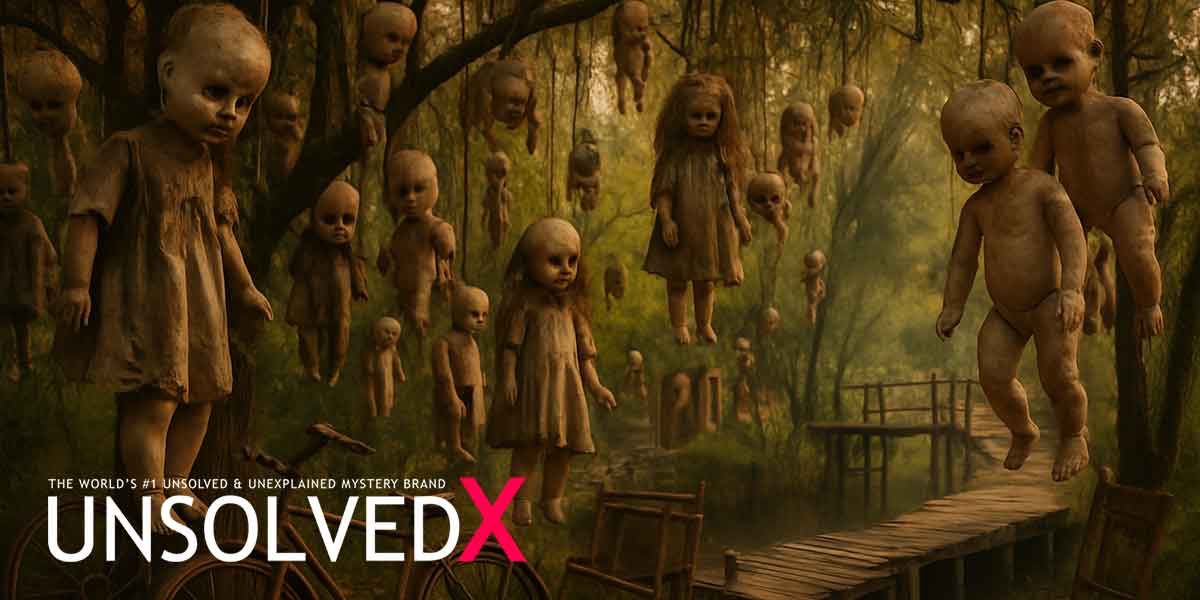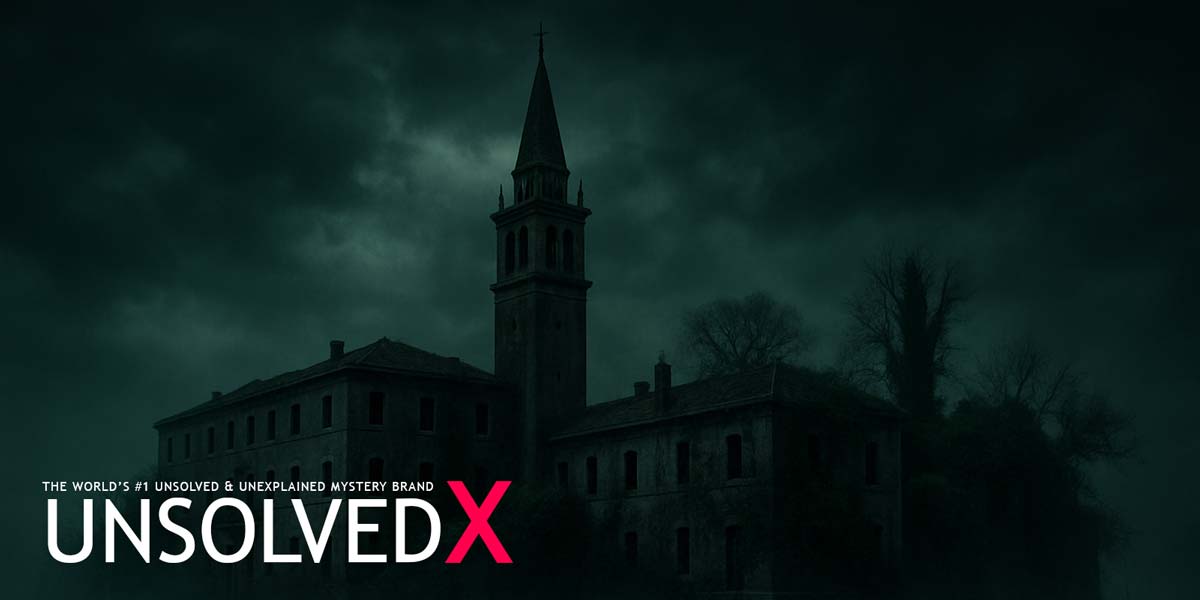Unraveling the Ghosts and Paranormal Mysteries
The Tower of London, a historic fortress on the River Thames, is one of England’s most iconic landmarks, built by William the Conqueror in 1078 to assert Norman dominance. Over its nearly 1,000-year history, it has served as a royal palace, prison, armory, treasury, and even a menagerie. However, its darker roles as a site of imprisonment, torture, and execution have cemented its reputation as one of the world’s most haunted places. The Tower’s imposing stone walls have witnessed countless tragedies, from royal betrayals to brutal beheadings, creating a chilling backdrop for paranormal activity. Stories of ghostly apparitions, disembodied screams, and unexplained phenomena have drawn ghost hunters, historians, and curious visitors alike, eager to uncover the spectral secrets within its ancient corridors. The sheer volume of documented sightings and eerie experiences makes the Tower a focal point for those intrigued by unsolved mysteries and the supernatural.
The Tower’s gruesome history provides fertile ground for its haunted reputation. It was a prison for high-profile figures, including kings, queens, and nobles, many of whom met violent ends. The executions of three English queens—Anne Boleyn, Catherine Howard, and Lady Jane Grey—on Tower Green are among the most infamous. The mysterious disappearance of the two young princes, Edward V and Richard of York, believed to have been murdered in the Bloody Tower, adds to the site’s tragic legacy. These events, coupled with tales of torture in the dungeons and botched executions, have fueled legends of restless spirits unable to find peace. Visitors and Yeoman Warders, the ceremonial guardians of the Tower, have reported chilling encounters, from shadowy figures to sudden drops in temperature, suggesting that the souls of those who suffered here may still linger.
Infamous Ghosts of the Tower
Among the Tower’s most famous spectral residents is Anne Boleyn, the second wife of Henry VIII, beheaded in 1536 for treason after failing to produce a male heir. Her ghost is one of the most frequently reported, often seen wandering Tower Green, where she was executed, or near the Chapel of St. Peter ad Vincula, where she is buried. Witnesses describe a headless figure clutching her severed head or a woman in a Tudor gown gliding silently through the corridors. In the 19th century, a soldier claimed to have seen a ghostly procession led by Anne in the chapel, only for the figures to vanish when he investigated. Her enduring presence has made her a central figure in the Tower’s haunted lore, with some speculating that her tragic betrayal and violent death tether her spirit to the fortress.
Other notable ghosts include the Princes in the Tower, Edward V and his brother Richard, who vanished in 1483, likely murdered by their uncle, Richard III, to secure his claim to the throne. Their apparitions, often described as two small boys in nightgowns holding hands, have been seen in the Bloody Tower, sometimes accompanied by the sound of children giggling or crying. In 1674, workmen uncovered a wooden box containing two small skeletons, believed to be the princes, which were later interred at Westminster Abbey. The ghostly figure of Lady Jane Grey, the “Nine Days’ Queen,” is another frequent sighting, her serene yet sorrowful form appearing on the battlements or near Tower Green, especially on the anniversary of her 1554 execution. These spirits, tied to the Tower’s darkest moments, contribute to its reputation as a paranormal hotspot.
Paranormal Encounters and Modern Investigations
Beyond the well-known ghosts, the Tower is rife with other paranormal phenomena. The White Lady, an unidentified spirit haunting the White Tower, is associated with a strong smell of cheap perfume that has reportedly made visitors ill. Guards have described feeling an oppressive, crushing sensation near Henry VIII’s armor exhibit, while others have heard disembodied footsteps or the phantom slapping of a monk’s sandals on stone floors. One of the most bizarre tales involves a ghostly bear, linked to the Tower’s former menagerie, which appeared to a sentry in 1816, causing him to collapse and die of shock days later. In the 1980s, a Yeoman Warder reported seeing two spectral Beefeaters in outdated uniforms smoking pipes by a fireplace, only for them to vanish when noticed. These accounts, spanning centuries, suggest a multitude of spirits may inhabit the Tower, each with its own story of tragedy or unrest.
In recent years, the Tower has become a magnet for paranormal investigators seeking to document its hauntings. Ghost hunting groups have reported capturing electronic voice phenomena (EVPs), unexplained orbs in photographs, and sudden feelings of unease in areas like the Bloody Tower and White Tower. During a recent investigation, a team member claimed to hear children crying in the White Tower, while another felt a cold breeze in the Bloody Tower, despite no open windows. While skeptics argue that these experiences could stem from suggestion or natural phenomena, the consistency of reports across centuries lends credibility to the Tower’s haunted status. The fortress remains a living museum, open to visitors who can explore its history and perhaps encounter its ghosts on guided tours or after-hours visits. Whether one believes in the supernatural or not, the Tower of London’s eerie atmosphere and chilling tales make it an unparalleled destination for those fascinated by unsolved mysteries and the unexplained.










Comments
Comments section coming soon!